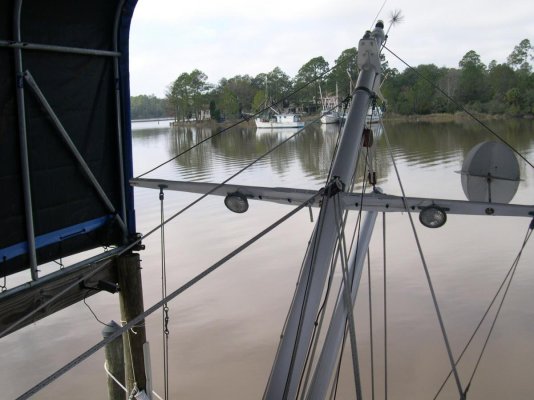shadowtiger111
Member
- Joined
- Sep 26, 2023
- Messages
- 22
Alright, I'm going to show my newbness here with his question. I did find a post a few years ago that asked this question, but it didn't really answer the original question.
I'm looking around for boats, and displacement I can handle. That seems to be consistent. I'm looking for a boat to go around the great loop.
My QUESTION is on clearance: Some of the routes are 15, 17 and 19. In order to complete the entire loop, you'd need a vessel that can go under 15 feet. So far the only trawler I found dimensions for via the owners manual, was for a Grand Banks (I was using the Grand Banks as a control when I look at Trawlers, thats it.) Anyway, in the description it had said it had been around the great loop, but then, I started looking at the dimensions to see which route I could take, and found it was like, 22-24 feet. So does the owner manual say total height from bottom to mast? Or waterline to mast? Even if thats the case, thats still not going to give clearance. So what the heck?
Down-low: How do I figure out how the trawler can handle the entire great loop?
I'm looking around for boats, and displacement I can handle. That seems to be consistent. I'm looking for a boat to go around the great loop.
My QUESTION is on clearance: Some of the routes are 15, 17 and 19. In order to complete the entire loop, you'd need a vessel that can go under 15 feet. So far the only trawler I found dimensions for via the owners manual, was for a Grand Banks (I was using the Grand Banks as a control when I look at Trawlers, thats it.) Anyway, in the description it had said it had been around the great loop, but then, I started looking at the dimensions to see which route I could take, and found it was like, 22-24 feet. So does the owner manual say total height from bottom to mast? Or waterline to mast? Even if thats the case, thats still not going to give clearance. So what the heck?
Down-low: How do I figure out how the trawler can handle the entire great loop?
Last edited:



